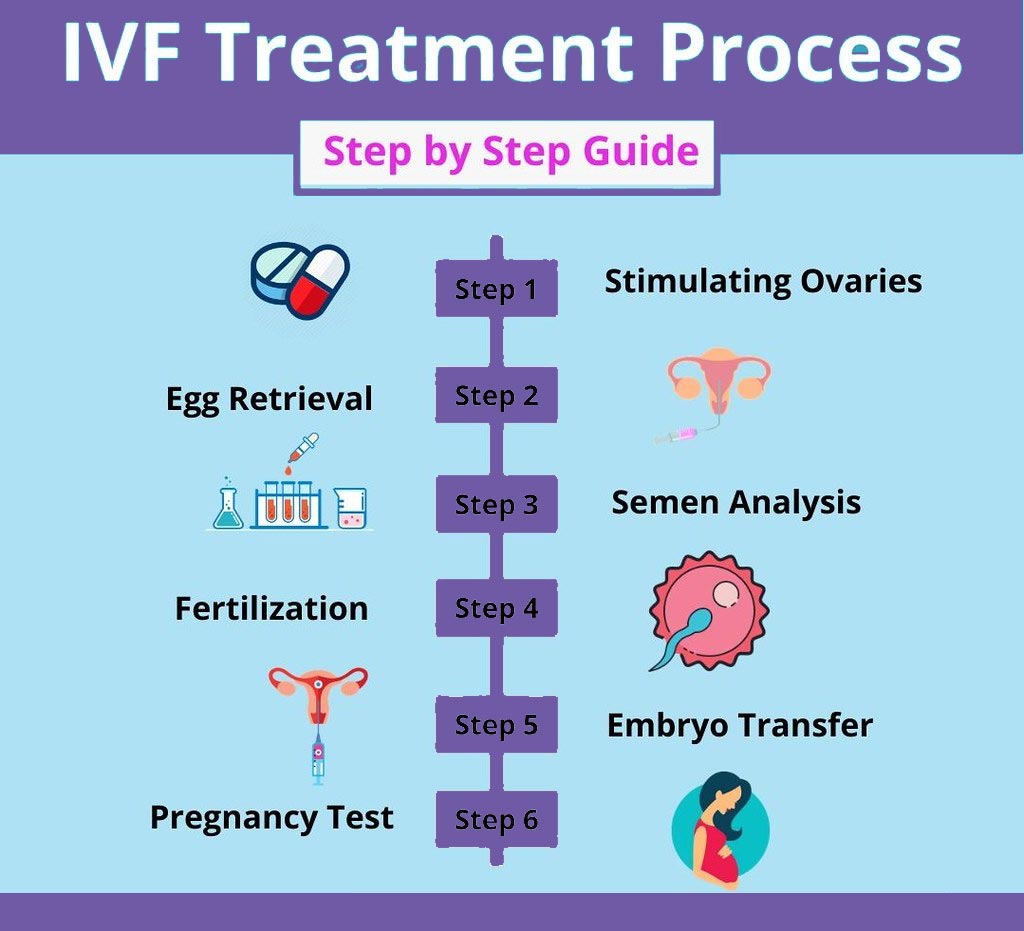How IVF is done step by step?
- Santati Fertility Center
- 04 April 2023

In vitro fertilization (IVF) is a complex and multi-step process. Here are the general steps involved in IVF:
1. Ovarian stimulation: In this step, the woman is given medications to stimulate the ovaries to produce multiple eggs. The medication is usually given as injections over a period of several days. The process is monitored by ultrasound and blood tests.
2. Egg retrieval: Once the eggs have matured, they are retrieved from the ovaries using a transvaginal ultrasound-guided needle. The procedure is done under anesthesia and takes about 20-30 minutes.
3. Sperm collection: On the same day as the egg retrieval, the partner or donor provides a semen sample.
4. Fertilization: The eggs and sperm are combined in a laboratory dish and left to fertilize for several hours or overnight. This is known as conventional IVF. Alternatively, intracytoplasmic sperm injection (ICSI) may be used, in which a single sperm is injected directly into each mature egg.
5. Embryo culture: Once fertilization occurs, the embryos are cultured in a laboratory for several days until they reach the desired stage of development.
6. Embryo transfer: The embryos are transferred to the woman's uterus through a thin catheter. The procedure is usually done without anesthesia and is similar to a pap smear.
7. Pregnancy test: Approximately two weeks after the embryo transfer, a pregnancy test is done to determine if the treatment was successful.
Note that the specific steps involved in IVF can vary depending on individual circumstances and the clinic's protocols. IVF is a complex procedure that requires careful monitoring and management by a team of experienced fertility specialists.
